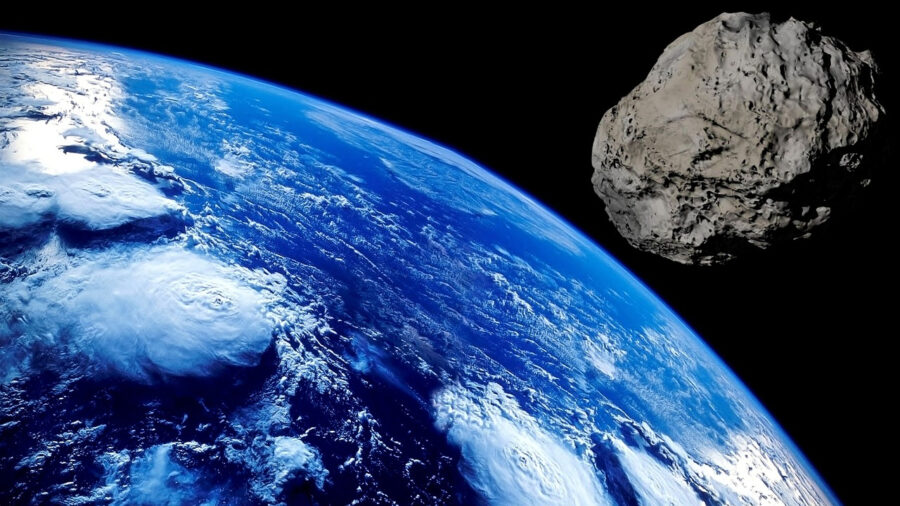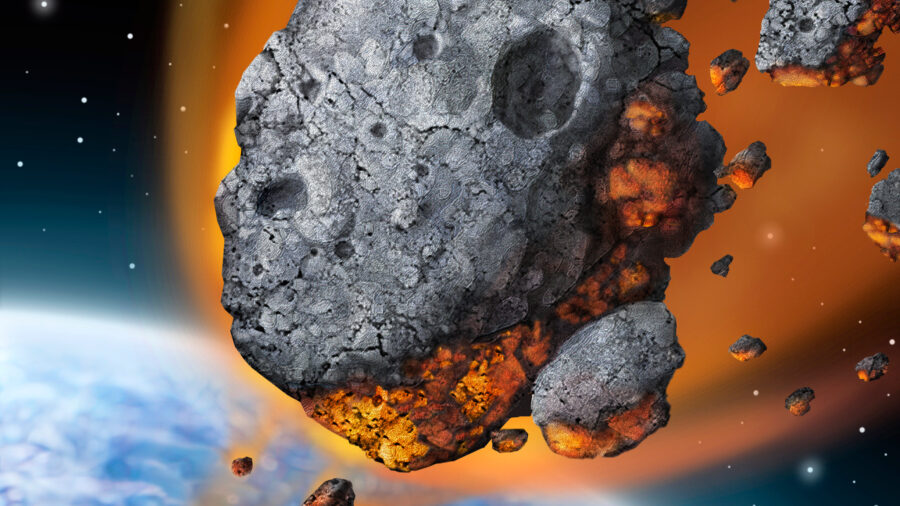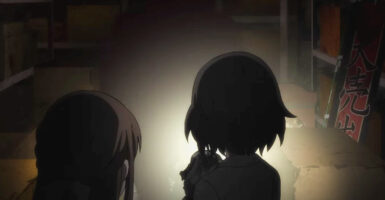An Asteroid Just Struck Earth And Caused An Explosion
An asteroid has just struck the planet and caused an explosion the equivalent of 200 tons of TNT, but there is a bright side.
This article is more than 2 years old

Asteroids are scary things, especially when they actually do what Armageddon and Deep Impact predicted and collide with the Earth. That exact thing happened just a few days ago, entering the atmosphere above the Arctic Ocean and hitting around the area of Greenland. The actual impact caused an explosion that can be measured in a lot of very complicated ways, but simply put, it was equivalent to 2,000 tons of TNT exploding at once. For comparison, many controlled demolitions of large buildings only need a few hundred kilos of TNT (or equivalent explosive substances) to bring down a structure. Granted those kinds of explosions are very strategically done for maximum effect, unlike the presumably random nature of this asteroid, but still, that is a very big boom.
The asteroid in question was actually only picked up by early warning systems a few hours before it entered our atmosphere. Konkoly Observatory’s Piszkéstető Station in Hungary first observed the asteroid, which was estimated to be around two meters in diameter (or about the height of one Darth Vader, for non-metric readers). Although it seems very shocking to imagine, it is actually not all that unusual for astronomical bodies like asteroids and meteors to collide with the Earth. Most of them are too small to cause significant damages (and the majority do not hit areas occupied by people), so they largely go unnoticed. Sometimes there are much larger ones and that becomes a subject for concern, like this one that passed the planet in 2021 and was estimated to be somewhere in the region of 300 meters in diameter.

Then, of course, there are more famous and dangerous asteroid impacts. The most famous of these is doubtless what is known as “The Tunguska Impact” in 1908. Although historical records (and scientific examination of the era) are about as incomplete as you would expect a hundred years later, we know that it struck the planet in Siberia with an impact so great that its aftershocks could be felt as far away as England. It was estimated to have leveled hundreds of square miles of forest around it, and to have had the explosive equivalent of 185 times that of the atomic weapon used in Hiroshima in World War II. Due to the massiveness of the event and the still unclear nature of the object, it has become something of a fascination for science-fiction and supernatural fandoms alike.
A bright side of the more recent asteroid explosion around Greenland is not just that it was a comparatively small object, but specifically that the warning networks in place around the planet were actually able to pick it up. It is estimated that many more asteroids explode in the atmosphere than we can detect, but they are too small to actually be noticed and studied. The fact that this particular one was identified so quickly shows our tools for picking up when our planet is about to be struck are getting better. Just hopefully we don’t have any Starship Troopers-style incidents anytime soon.












